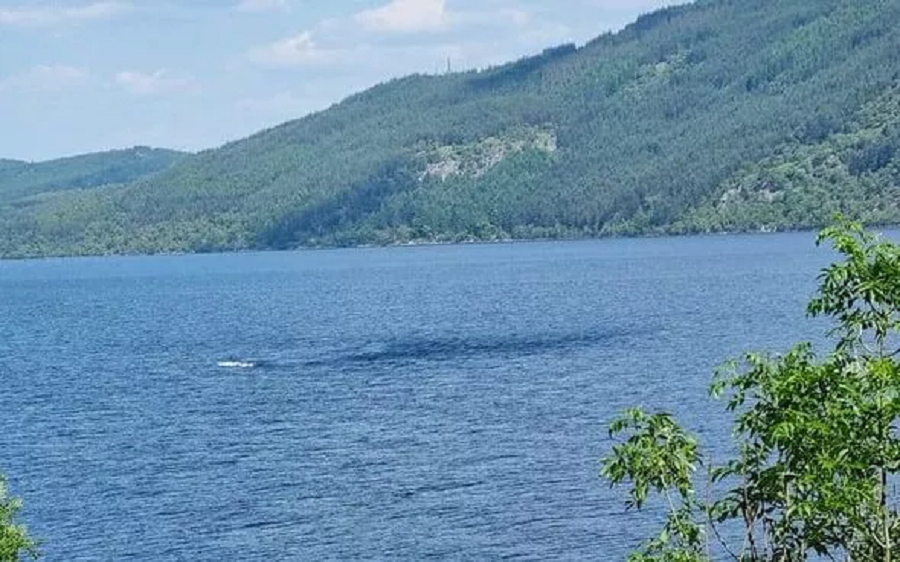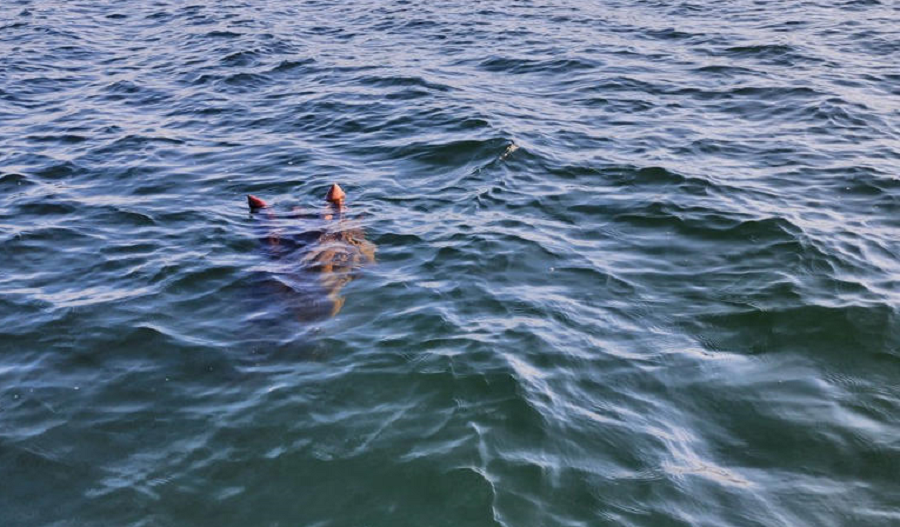New Plesiosaur Discovery May Give False Hope to Nessie Fans
Urquhart Castle overlooking Loch Ness.
A new paleontological discovery presented by the University of Bath this month has cryptozoology fans abuzz after the resulting press release described the hypothesis that the Loch Ness Monster represents a population of surviving plesiosaurs as “plausible.”
The discovery was first presented in a paper headed by University of Bath Student Georgina Bunker, along with Nick Longrich from the University of Bath’s Milner Centre for Evolution, David Martill and Roy Smith from the University of Portsmouth, and Samir Zouhri from the Universite Hassan II.
Their findings suggest that plesiosaurs were adapted to tolerate freshwater and might have even spent their entire lives in it.
The idea hinges on a number of small plesiosaur fossils, including bones and teeth from 10-foot-long adults and an arm bone from a five-foot-long baby, found in an African river dating back to the Cretaceous Age.
The fossils show that the creatures may have routinely lived and fed in freshwater, instead of being strictly marine animals as was previously thought.
Of particular interest were the teeth found, because they were lost while the animal was alive—evidence that the animal lived in the area.
The teeth showed heavy wear, too, similar to that of other fish-eating dinosaurs found in the same beds, which implies that the plesiosaurs were eating the same armored fish that lived in the river.
The teeth, along with the sheer number of plesiosaur fossils found, suggest that the plesiosaurs spent a significant amount of time in the river, rather than only wandering in occasionally to feed or because they were lost.
This could mean that the plesiosaurs were able to tolerate both fresh and saltwater, although it's also possible that they lived in the river full-time.
Their small size would have allowed them to hunt in shallow rivers, and other fossils show there were plenty of fish to eat.
All of which seemed promising to cryptozoology enthusiasts who support the idea that Nessie is a plesiosaur, an idea that the university's press release did not try very hard to dissuade.
"But what does this all mean for the Loch Ness Monster?" the press release asked. "On one level, it’s plausible. Plesiosaurs weren’t confined to the seas; they did inhabit freshwater. But the fossil record also suggests that after almost a hundred and fifty million years, the last plesiosaurs finally died out at the same time as the dinosaurs, 66 million years ago."
Of note is the fact that, while the available paleontological evidence points to plesiosaurs having went extinct 66 million years ago, Loch Ness was formed by a glacier at the end of the last Ice Age only 10,000 years ago.
Furthermore, none of the new information contradicts the work of scientists like Paul Scofield, Senior Curator of Natural History at Canterbury Museum and adjunct Professor in Geology at Canterbury University, who argues ardently against the possibility that Nessie sightings could be explained by plesiosaurs.
"The labyrinth of the ear works best when the tiny bones within are able to hang unaffected by gravity," said Scofield following his participation in a research project that used medical CT imaging to scan plesiosaur fossils. "For this reason, the position of the inner ear within the skull of an animal reveals a lot about how an animal habitually holds its head. We have examined the inner ear of elasmosaurs (a type of plesiosaur) and determined that their resting position was with the head horizontal to the body or even well below the body. This implies that they probably did not frequently hold their heads up high."
Scofield went on to say, "The 'traditional' posture shown in many a popular article on Nessie—like a sock puppet—is not something elasmosaurs were in the habit of adopting. The idea of it lifting its head up like a sock puppet is extremely unlikely."
It is much more likely, according to Scofield, that plesiosaurs used their long necks to dredge the seafloor.
"They have these enormous teeth arranged in rows like a grappling iron," he explained. "It has been hypothesized that they floated on the surface and dredged the seafloor blowing the dirt out through their teeth and leaving just the clams. Thus, their feeding method dictates the neck length—it's just like the giraffe but in reverse."
Some believers might argue that this only explains why any plesiosaurs inhabiting Loch Ness aren’t seen with their heads above water more often, but Scofield dismisses any belief in the monster entirely.
"I totally reject the idea that Nessie exists and that it is an elasmosaurus," he said. "Loch Ness monster records are a mixture of fakes and mistakes."
Plesiosaurs have fallen out of favor as an explanation for Nessie in recent years, following a 2019 study conducted by Neil Gemmell, a New Zealand scientist and professor at the University of Otago.
Gemmell's study involved gathering water samples from multiple locations and at different depths of the loch to scan for bits of animal DNA, and then working to identify it. The samples were sent to labs in New Zealand, Australia, Denmark, and France which used large sequence databases to compare the DNA found in Loch Ness with the majority of known living things. This was done to help distinguish and identify any potentially unknown genetic material.
The results revealed no evidence of any large animals such as sturgeon, catfish, sharks, or surviving prehistoric plesiosaurs, but they did show an abundance of eel DNA.
Many now point to giant eels as a possible explanation for the monster, although, as of yet, no definitive proof of their existence in the loch has been found.
To report your own encounter with the impossible, reach out to us directly at the Singular Fortean Society through our contact page.
If you enjoyed this article and would like to support the Singular Fortean Society, please consider becoming an official member by signing up through our Patreon page—membership includes a ton of extra content and behind-the-scenes access to the Society’s inner workings.





















